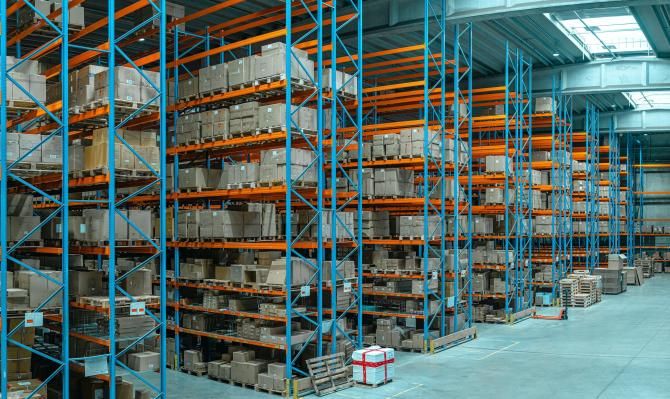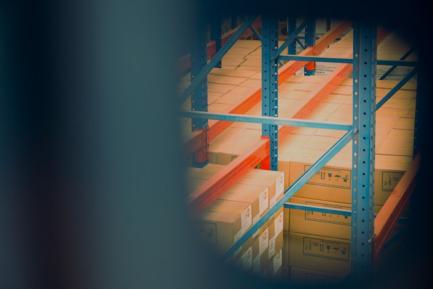
Supply chains: no escalation in the disruptions
The European Commission has published the results of its quarterly survey on the industrial sector. This survey covers a wide range of questions, but in this article we will focus on the messages emanating from the question on the main factors that are limiting manufacturing companies’ production capacity.

In the last three iterations of the survey,1 the main limiting factor for production has been the shortage of materials and/or equipment. This is shown in the first chart, which presents the results of the survey for the manufacturing sector as a whole in an international comparison. This first message is consistent with the disruptions that global supply chains are currently experiencing.1 While significant differences are observed between countries (Germany is experiencing far greater problems than the rest), in all cases the percentage of firms that affirm they are experiencing supply problems is well above the usual historical range. In Spain, 25% of firms cite the shortage of materials and/or equipment as a factor limiting their production capacity. This is a high figure, given that according to the historical data only 2% to 7% of firms usually mention it as a limiting factor. Access to labour, although to a lesser extent, also appears to be a factor limiting the sector’s production capacity. In contrast, demand-related or financial factors do not pose a significant limitation for production right now.

Secondly, we note that the severity of the shortage of materials and/or equipment has not deteriorated in the last quarter: the results of the latest survey in January are very similar to those of the October survey in all countries, except perhaps Italy. The percentage of Spanish firms that cite the shortage of materials and/or equipment as a factor limiting their production capacity is 25% in January 2022, a high but stable figure compared to the previous quarter (27%). Thus, the problem does not appear to have got any worse since October 2021.
As we drill down by sector, we see that in Germany the shortage is widespread. There are even some sectors, such as the manufacture of computer, electronic and optical products, and the manufacture of electrical equipment, in which all the companies surveyed report shortages. The case of Spain is less severe. The shortage problems are not widespread but rather are concentrated in certain sectors, mainly in the paper industry, the manufacture of metal and electronic products, and the automotive industry. The attached table shows the results of the survey, shaded according to the severity of the problems in each sector (see legend).2
- 2. There are sectors in some countries that are not reported in the survey. These cells are left blank and without a number.

For the time being, the data suggest that, while the difficulties that supply chains are experiencing may slow the pace of the recovery, they do not seem to be causing it to derail. This is illustrated by the GDP figure for Q4 2021, which showed high growth (2% quarter-on-quarter), driven largely by investment in capital goods, in a context of high supply shortages. Also, as the social security affiliation data show, employment continued to grow at a steady pace in January.3 The affiliation data even remained healthy in the sector hardest hit by the shortages of materials, namely industry, where the figure grew by 2.7% year-on-year, surpassing the year-on-year growth of Q4 2021 (2.3%). On the other hand, although slightly behind the curve, the manufacturing sector’s production rate grew by 0.6% in the second half of 2021 compared to the first half, precisely as the bottlenecks intensified.4 This growth may be somewhat timid, but it is growth nonetheless. Thus, all the indicators appear to suggest that the recovery will continue in Q1 2022, albeit at a more moderate pace than in the previous quarter due to the impact of the sixth wave of infections.
However, the distortions in supply chains are pushing up production prices. This is a trend that could exacerbate one of the biggest risks in the current environment, namely that of inflationary pressures in consumer prices. And this could have detrimental implications for growth.



